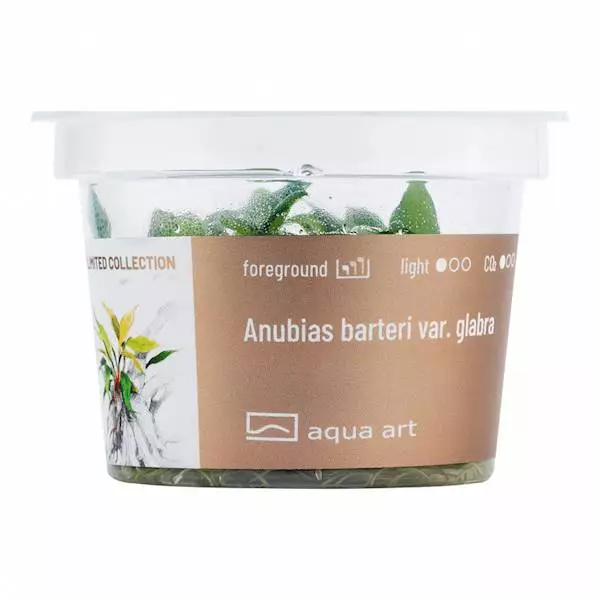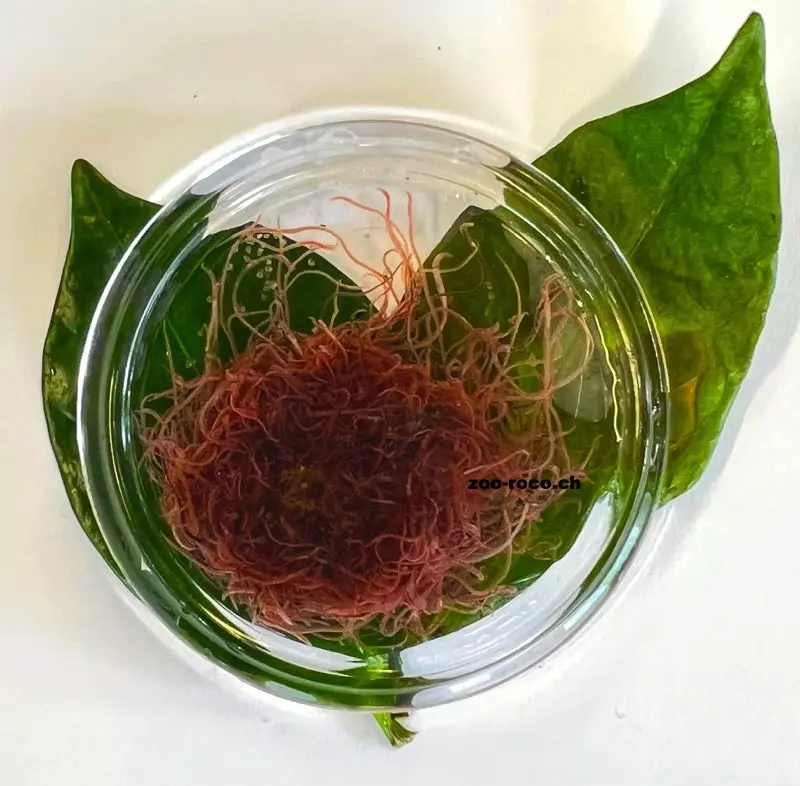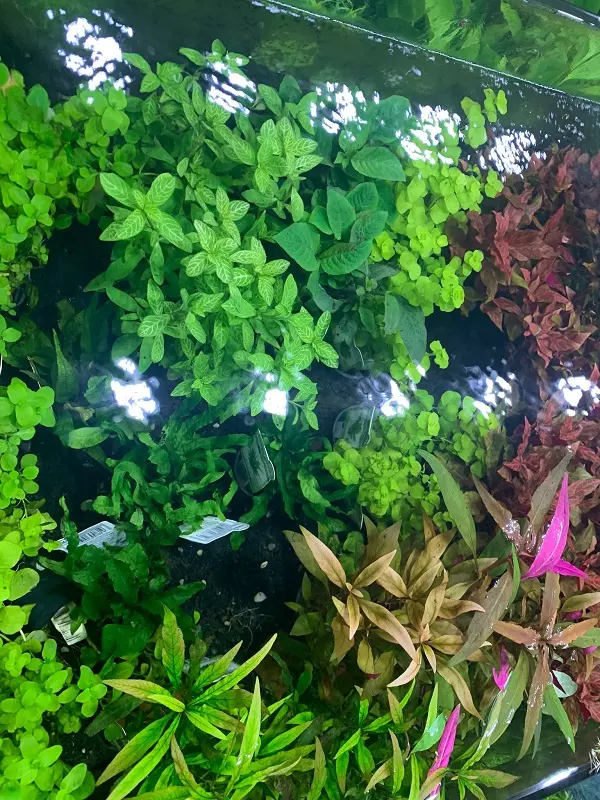Product information "Anubias barteri var. glabra"
Anubias barteri var. glabra
Anubias barteri var. glabra' or Anubias minima. This is a recommended species for aquaria with little light. Ideal for medium-sized tanks. The plant is easy to grow, does not require intensive fertilization and reproduces by dividing the rhizome. In vitro plant.
- Difficulty of cultivation: easy
- Light requirement: low
- CO₂ requirement: low
- Height of the adult plant: 15-25 cm
- Growth: slow
- Temperature: 20 - 22°C
- Placement in the aquarium: Middle ground
- Origin: Africa
- Cup diameter 6 cm
Anubias Barteri Var. Glabra is a green plant from the Asteraceae family that is native to the swamps of Africa. It can grow both under water and in water. It can be found in the trade under the name Anubias minima. Unlike other Anubias, it is
easy to plant in the substrate and
has characteristic lanceolate leaves that grow up to 15 cm long. It can reach a height of 25 cm, but grows slowly so that it can also be cultivated in small aquariums.
The plant has a rhizome from which roots grow that wrap tightly around the spot where it is planted , making
it
ideal for planting on roots or lava rock. It is suitable for a second or third planting
Anubias thrives at different temperatures. It is suitable for cooler tanks as well as warm, tropical aquariums, e.g. with discus fish.It tolerates hard, soft, acidic and alkaline water. It prefers weak, diffuse lighting. It can become overgrown with algae under prolonged and intensive lighting. It is therefore advisable to plant it in darker or even shady areas of the aquarium.
This plant does not like neglected aquaria and prefers the water to be changed regularly and no dirt to accumulate on its leaves
It grows slowly but forms a very attractive shape, especially in a group that forms a green, decorative clump. It feels very comfortable in tanks with a low water level and looks great in 'dachshund' type aquariums, where it creates the effect of an aesthetically pleasing tank.
Thanks to it, we can create very interesting compositions.
It is also well suited for aquariums with cichlids and other herbivorous fish
It does not require special care, it is enough to remove older leaves, which stimulates the rhizome to form cuttings. If you want to obtain new cuttings, you can regularly divide the rhizome into 2-3 cm long sections.
To attach the Anubias to roots or stones, a very thin string, thread or a special adhesive for attaching aquarium plants is sufficient.
The in vitro culture of plants is carried out in tissue culture laboratories
Thanks to the sterile production conditions, the cuttings are free from snails, algae or pathogens.
Planting:
The plant must be removed from the cup and thoroughly rinsed of the gel under running water
This is best done by placing the plant in a container of lukewarm water. Most of the gel will then fall off by itself.
































